If you are like most people, you probably have some paint on your kitchen cabinets. It’s hard to avoid, especially if you are a homeowner. Painting cabinets is a popular way to give them a new look, but it can be difficult to remove the paint once you decide you want to change the color and design of your kitchen cabinets. This article will discuss how to remove paint from kitchen cabinets using three different methods: chemical strippers, heat guns, and sanding. It will also provide tips on how to avoid damaging your cabinets in the process.
Why Do You Need to Strip the Paint from Your Kitchen Cabinets?
There are several reasons why you might want to strip the paint from your kitchen cabinets.
First, if the paint on your cabinets is old and peeling or cracked, it can create an unsightly look that detracts from the overall aesthetic of your kitchen. Stripping away this damaged coat of paint and sanding down the surface helps restore a fresh, clean look to your cabinetry.
Another reason to strip and repaint your kitchen cabinets is to change or update their color and design. If you’re looking for a new look in your kitchen but don’t want to spend a lot of money on replacement cabinet doors or drawers, then stripping and painting them provides an affordable alternative. It also allows you to customize your cabinets to match the rest of your kitchen’s color scheme and decor.
Finally, stripping paint from your kitchen cabinets allows you to remove any layers of lead-based paint that may have been used on them in the past. Lead-based paints were commonly used before 1978 and can be dangerous if ingested or inhaled. Stripping away this old paint and replacing it with a modern non-toxic option helps ensure that your kitchen is safe for all who use it.
Overall, removing the existing paint from your kitchen cabinets is a great way to update their look, save money, and increase safety in the space. With careful preparation and attention to detail, you can strip and repaint your cabinets yourself for an attractive and cost-effective home improvement project [1].
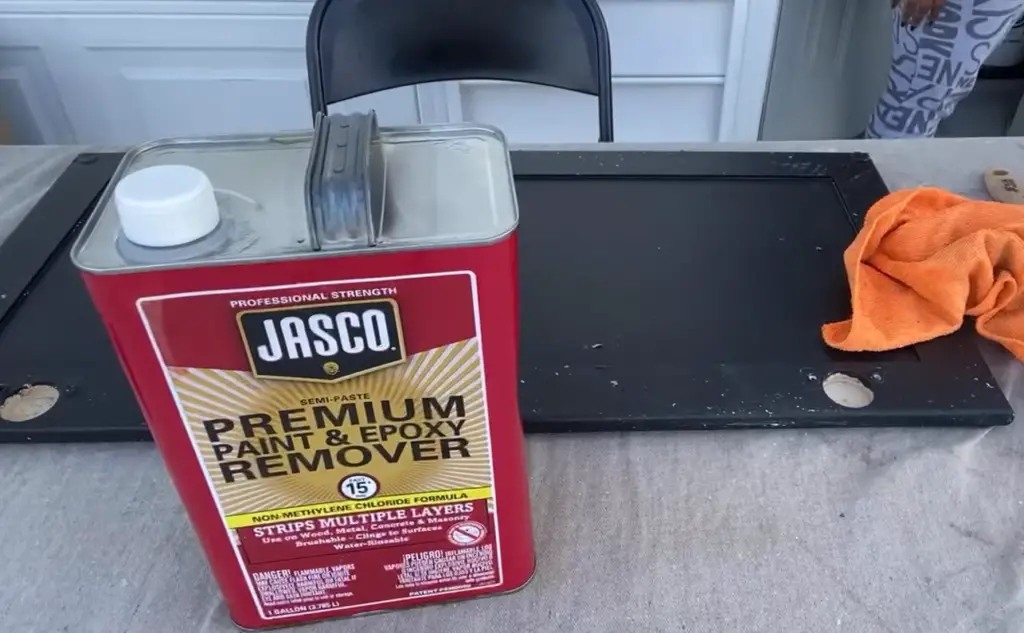
Essential Supplies Needed to Strip the Paint from Your Kitchen Cabinets:
- Chemical Stripper: Chemical strippers are the most effective way to remove paint from your kitchen cabinets. Choose a chemical stripper that is designed specifically for the type of paint on your cabinets and follow the manufacturer’s instructions for use carefully;
- Safety Gear: When working with any type of hazardous material, it is essential to protect yourself by wearing safety goggles, gloves, and a face mask or respirator. If you are using a chemical stripper, make sure to open windows and doors while you work to ensure proper ventilation;
- Scrapers: Once you have applied the chemical stripper, wait until it has had time to soak into the paint before scraping away at it with a putty knife or other metal scraper;
- Steel Wool: Steel wool can be used to help remove paint that is more stubborn and difficult to scrape away with a regular metal scraper;
- Sandpaper: After removing the paint with the chemical stripper, steel wool, and scrapers, you may need to use sandpaper to remove the last bits of paint residue from your kitchen cabinets. Choose fine-grit sandpaper for best results;
- Finishing Supplies: Once you have stripped all of the old paint off of your kitchen cabinets, you will need some finishing supplies such as wood filler, primer, sealer, and new paint to refinish them properly. Make sure to choose products that are specifically designed for use on wood surfaces;
- Cleaning Supplies: After you have finished stripping all of the paint off your kitchen cabinets, it is important to thoroughly clean them before applying any new finishes or paints. Use a mild detergent and warm water to wipe away any residue or dirt that may be left behind. You may also need some larger cleaning tools such as a scrub brush or cloth to get into all of the crevices and corners of your cabinets;
Finally, make sure to dry everything completely with a soft, lint-free cloth before proceeding with refinishing your kitchen cabinets.
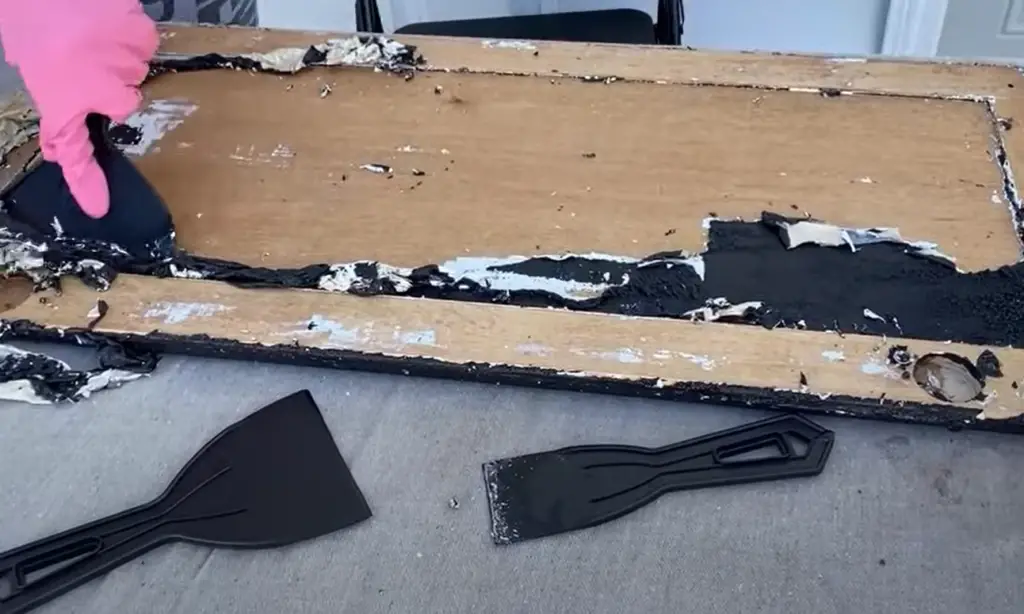
How to Remove Paint From Kitchen Cabinets?
Step 1. Prepare the Area
Before you start removing paint, make sure to prepare the area. Cover any areas of the kitchen that won’t be involved in painting with a drop cloth or plastic sheeting and turn off any fans or other appliances near where you will be working. Wear safety goggles and gloves to protect your eyes and skin from harmful chemicals, as well as a face mask to avoid inhaling potentially toxic fumes.
Step 2. Test Different Methods
Once you have prepared your work area, it is time to test different methods for removing paint from your kitchen cabinets. Start by using a scraper or putty knife to carefully remove any large sections of chipped paint on the cabinet surfaces. If this does not work, try steaming the cabinets with a clothing steamer or a hot air gun to soften and loosen the paint from the wood.
Step 3. Use Chemical Solutions
Step 4: Sanding
Once all the paint has been removed, use medium-grit sandpaper to lightly sand down the cabinet surface. This will remove any remaining residue or paint and smooth out any rough surfaces. Once you are finished, wipe down the cabinets with a damp cloth to remove any debris from the sanding.
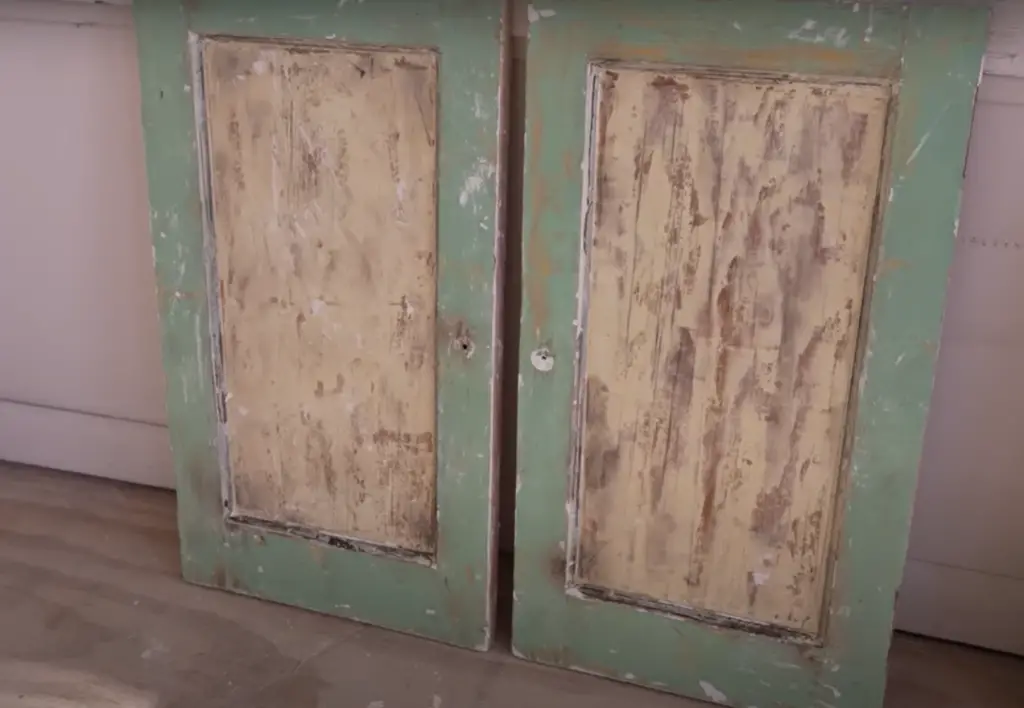
Step 5: Refinish
Once all of the paint is removed and the cabinets have been sanded, they are ready for refinishing. Depending on your desired finish, you can apply primer and paint or stain directly to make them look good as new. Be sure to give each layer of primer and finish ample time to dry before applying another coat.
By following these steps, you can easily remove old paint from kitchen cabinets and refinish them for a fresh new look [2].
Safety Precautions Before You Remove Old Paint From Kitchen Cabinets
- First, wear protective clothing and a face mask to protect yourself from the paint dust and fumes;
- Make sure that your workspace is well-ventilated by opening all doors and windows or using an exhaust fan if available;
- Remove any items near the area you plan to work in, such as appliances, furniture, etc., so that they are not damaged during the process of stripping off old paint;
- Put on gloves before starting to strip off old paint since some types of paints contain harmful chemicals that can be hazardous if touched with bare hands;
- Use sandpaper or a wire brush to gently scrape away any loose flakes of paint before applying a chemical-based paint stripper;
- Test a small area of the cabinet with the chemical-based paint stripper before using it on the entire surface to check for any adverse reactions or damage to the wood;
- Apply a thick layer of the paint stripper, making sure not to overspread, and work in manageable sections to ensure that it is properly absorbed by the wooden surface;
- Allow ample time for the paint stripper to take effect and then scrape away any loosened paint with a plastic scraper or putty knife;
- If necessary, repeat steps 7 and 8 until all old paint has been removed from the cabinets’ surfaces;
- Finally, dispose of all materials according to local and state regulations. This process of removing old paint from kitchen cabinets may be time-consuming but it is also necessary for achieving a perfect finish;
Taking the proper safety precautions before starting will ensure that you remain safe throughout the project and that your cabinets come out looking their best [3].
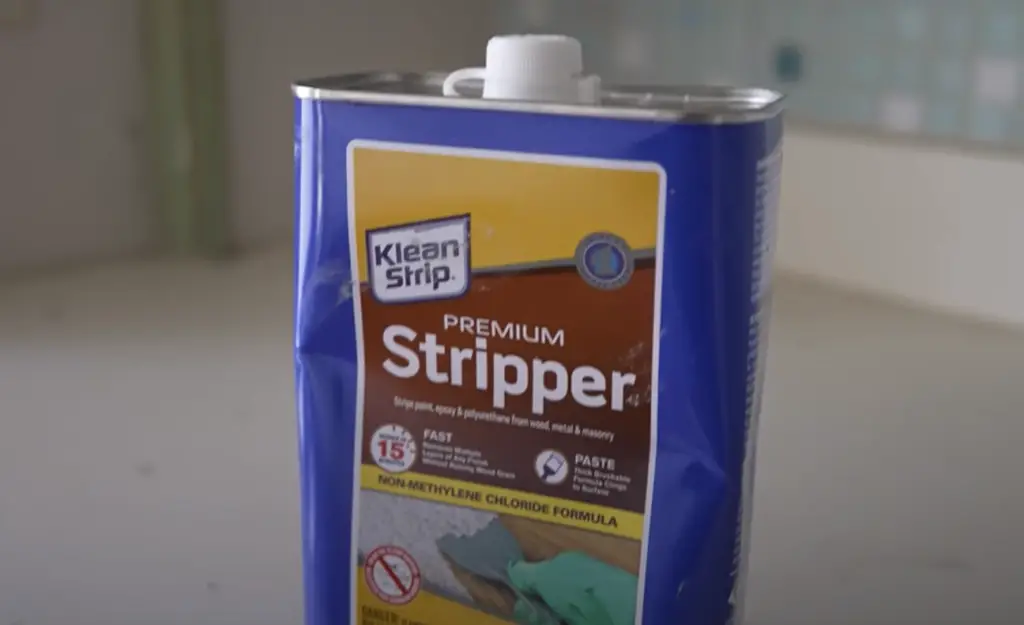
Tips for Preventing Future Damage to kitchen cabinets painting
Here are some tips for preventing future damage to your kitchen cabinets after painting:
- Avoid placing hot objects directly on the surface of the cabinet. Use a trivet or cutting board instead to protect the paint from melting or becoming damaged;
- Clean spills or messes quickly with a damp cloth, and avoid using abrasive cleaning supplies that could scuff and mar the painted finish;
- Regularly dust and wipe down the exterior of the cabinets with a microfiber cloth to keep them looking their best and protect them against fading over time;
- Place non-slip mats underneath items stored in drawers or shelves to help reduce sliding and shifting while opening and closing them, which can cause paint chipping or scratching;
- Use paper towels or cloths when wiping down the cabinet doors to avoid creating a lot of extra dust, which can settle on the painted finish and cause it to wear away over time;
- Avoid hanging anything heavy on the outside of the cabinets that could pull at the paint and create cracks or chips in the surface over time;
- Inspect your kitchen cabinets periodically for any signs of damage so you can address them quickly before it becomes a bigger problem;
- Invest in good quality sealant and varnishes to help protect your kitchen cabinets against moisture and give them an additional layer of protection from wear and tear;
- Keep pets away from the kitchen cabinets as their claws can easily scratch the paint and cause damage;
- Add a few drops of oil to the hinges of your cabinet doors on occasion, so they don’t stick and pull at the paint over time. This will help ensure that they open and close smoothly and won’t create any extra wear or tear on your cabinets;
These tips should help you keep your kitchen cabinets looking fresh and beautiful for years to come! With some simple preventative care, you can make sure that your painted kitchen cabinets remain in excellent condition for many years to come.
FAQ
What is the best paint remover for kitchen cabinets?
Can I use regular dish soap to clean my kitchen cabinets?
No, it is not recommended that you use regular dish soap to clean your kitchen cabinets as it can leave a build-up of soap residue that may attract dirt and dust. Instead, use a mild detergent specifically designed for cleaning wood cabinets or a mixture of warm water and white vinegar. Be sure to rinse the cabinets thoroughly after washing them and allow them to dry completely before applying any kind of finish or paint.
How do I remove grease stains from my kitchen cabinets?
The best way to remove grease stains from your kitchen cabinets is to use a degreaser such as trisodium phosphate (TSP) mixed with hot water. When using TSP, always wear protective gloves and safety glasses, and be sure to follow the manufacturer’s instructions carefully. After cleaning with TSP, rinse the cabinet surfaces with clean water and allow them to dry completely before applying any kind of finish or paint.
What is the best way to protect my kitchen cabinets from scratches?
The best way to protect your kitchen cabinets from scratches is to apply a coat of polyurethane-based protective sealant. This will help prevent scratches, water damage, and staining. Be sure to follow the manufacturer’s instructions carefully when applying the protective sealant and always allow the cabinets ample time to dry before applying any kind of finish or paint. Additionally, use felt pads on the bottoms of chairs and other furniture that may come in contact with your cabinets to minimize scratching and wear over time.
What is the best way to remove paint from cabinets?
The best way to remove paint from cabinets depends on the type of paint being removed. For latex or water-based paints, a liquid stripper is usually recommended. For oil-based paints, gel or semi-paste removers may be better options. Always test a small area before using and follow the manufacturer’s instructions carefully when using any type of product to remove paint from your cabinets. If you are unsure what kind of paint is on your kitchen cabinets, you can take a sample to a local paint store for testing before deciding which product to use.
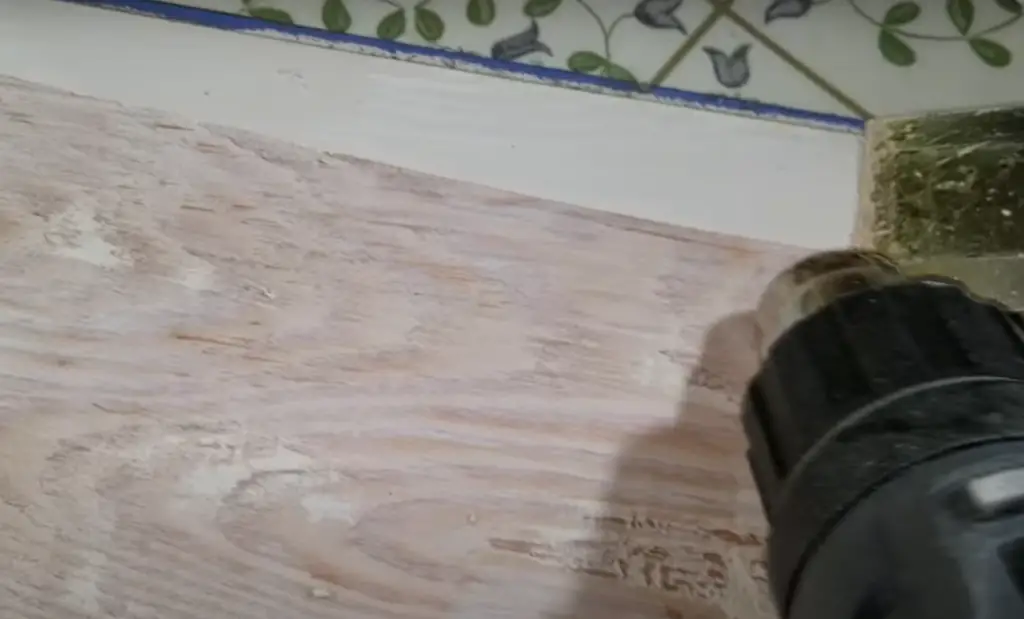
What do I need to do to prepare my kitchen cabinets for painting?
Before beginning any painting project, it is important that you properly prepare your kitchen cabinets. This includes cleaning the cabinets to remove any dirt, dust, grease, or other build-up. You should also fill in any dents or scratches and sand the surface before painting. Additionally, you may want to apply a coat of primer if you are using a new type of paint or stain. Be sure to follow the manufacturer’s instructions carefully when preparing your cabinets for painting.
How to use acetone to remove paint?
Acetone can be an effective option to remove paint from cabinets. Before using, always test the product in a small area and follow the manufacturer’s instructions carefully. To use acetone, spread some of the liquid onto a clean cloth and spread it over the paint you are trying to remove. Gently rub the cloth in circles until the paint begins to come off. For stubborn stains, you may need to apply a second coat of acetone and let it sit for several minutes before rubbing it again with a clean cloth. Be sure to wash any excess acetone off your cabinets when finished.
How to use denatured alcohol for latex paint removal?
Denatured alcohol is an effective option to remove latex paint from cabinets. Before using, always test the product in a small area and follow the manufacturer’s instructions carefully. To use denatured alcohol, spread some of the liquid onto a clean cloth and spread it over the paint you are trying to remove. Gently rub the cloth in circles until the paint begins to come off. For stubborn stains, you may need to apply a second coat of denatured alcohol and let it sit for several minutes before rubbing it again with a clean cloth. Be sure to wash any excess denatured alcohol off your cabinets when finished.
Useful Video: Easiest and quickest way to strip paint off cabinets
Conclusion
Removing paint from kitchen cabinets is a fairly simple process. It requires some patience and the right tools, but with a little bit of elbow grease, you can have beautiful, updated cabinets that will last for years to come. By using the right type of paint stripper and following the directions closely, you can have your kitchen looking its best in no time at all. You’ll be able to enjoy your newly painted cabinets without any fear of peeling or fading paint jobs due to improper removal methods. Whether you choose to do it yourself or hire a professional, removing paint from kitchen cabinets is an easy job that yields great rewards.
References:
- https://dengarden.com/home-improvement/Tips-for-Stripping-Paint-from-Cabinets
- https://homevaley.com/how-to-strip-paint-from-kitchen-cabinets/
- https://booth7.com/safety-precautions-kitchen-cabinet-painting/





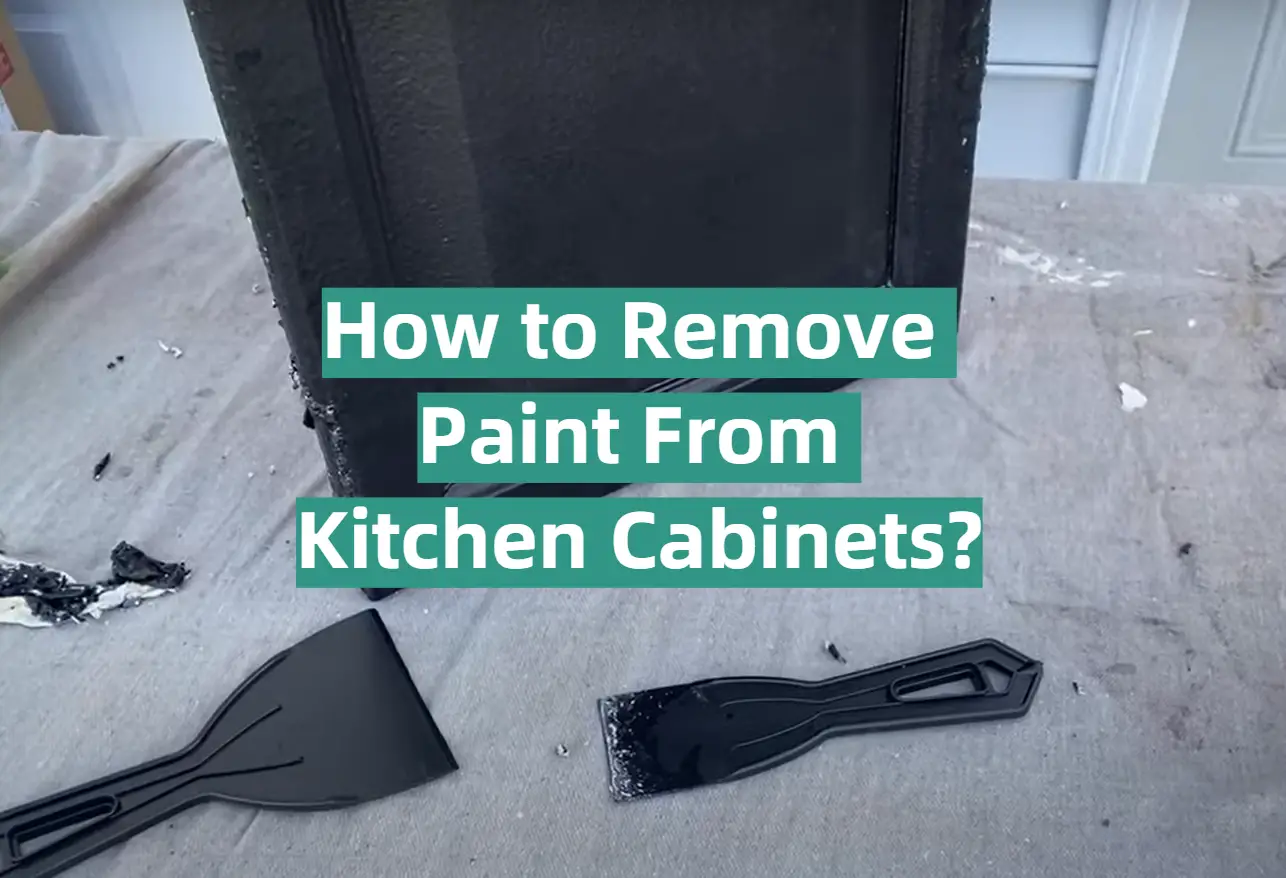





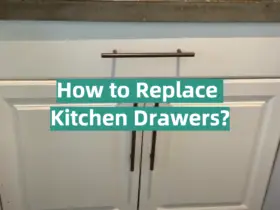


Leave a Reply